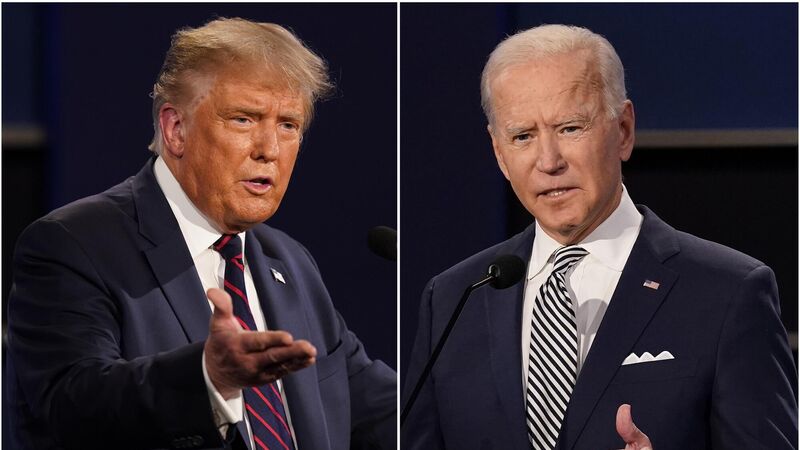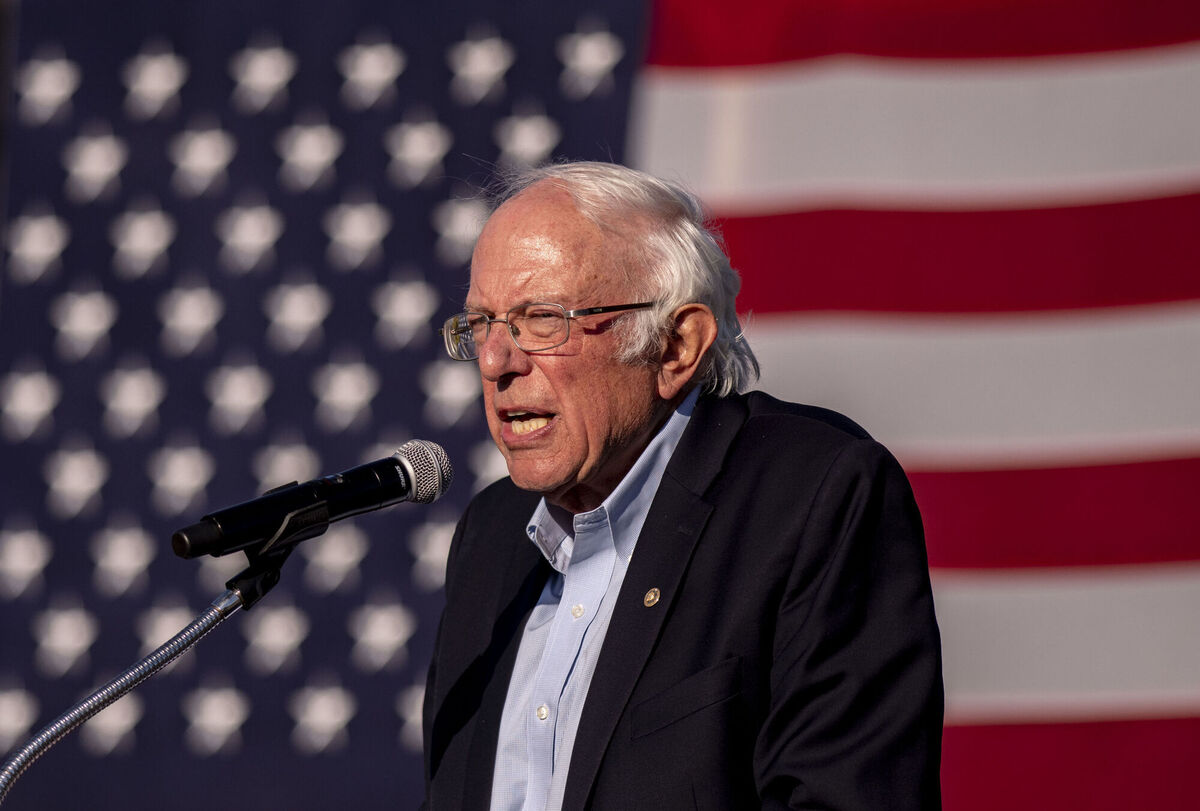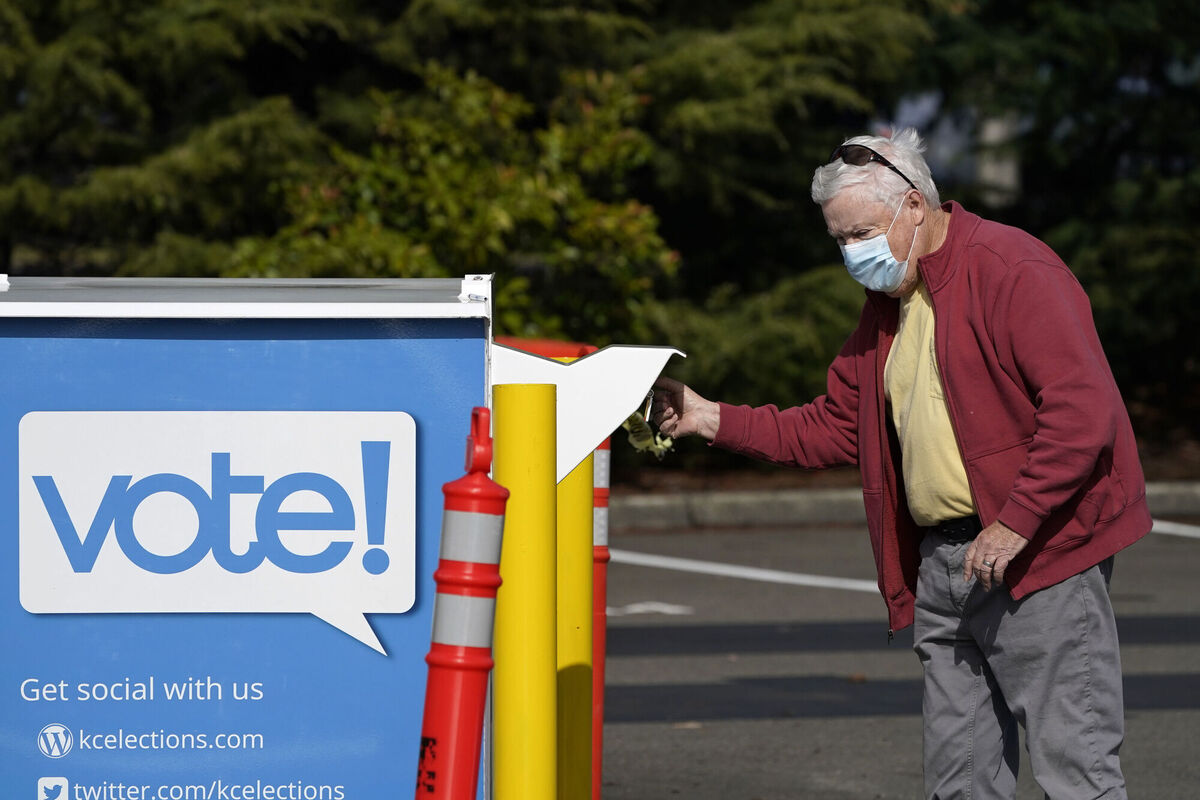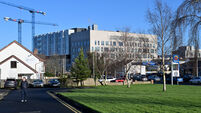Andrew Hammond: Can Trump still win in the 'United States of Anger'?

This combination of Sept. 29, 2020, photos shows President Donald Trump, left, and former Vice President Joe Biden during the first presidential debate. Picture: AP Photo/Patrick Semansky
The scene is now set for the last big occasion of the US presidential campaign — next week’s final debate. While Joe Biden retains a significant poll lead, and is clear favourite, Donald Trump’s chances of winning remain more significant than many suppose.
This is because, despite Biden’s large national poll leads — and the likelihood now of him winning the popular vote in November — Trump may yet win the electoral college vote.
Whereas this outcome was a rarity in the 19th and 20th centuries, there have already been two examples since 2000 of Democrats winning the popular vote but losing the election — Al Gore in 2000, and Hillary Clinton in 2016.
One factor that could help the US president here may be any large polling error in his favour from so-called shy Trump voters in a divided nation some have called the United States of Anger in recent years.
These schisms were most recently showcased in this year’s Black Lives Matter demonstrations.
Yet the changing political mood of the country was shown as early as February 2016 when Trump and socialist US senator Bernie Sanders easily won the New Hampshire primaries.
The size of their victories, which would have seemed implausible to many only a year beforehand, showcased the appeal of both perceived insurgent, ‘outsider’ candidates.
It was one of the first indications of the febrile US mood following the uneven economic recovery since the 2008-09 financial crisis.
The intensity of the anti-establishment impulse since then has contributed to the 'United States of Anger’, and it should not be forgotten that the early primaries of 2020 also saw Sanders (and Trump) do very well — whereas Biden had a more faltering start.
While this may seem so long ago as to be irrelevant for November’s election, others have a different view.
Take the example of Helmut Norpoth, a professor at Stony Brook University — and one of a handful of people who predicted Trump’s 2016 win.

He forecasts elections based on a model which emphasises the importance of early presidential primaries.
So, given Biden’s poor start to the campaign, he forecasts a 90% chance of a Trump landslide re-election.
While that seems implausible based on current polls, Prof Norpoth’s model would have correctly predicted 25 of the last 27 presidential contests.
The anomalies were 2000 in which George W Bush defeated Gore, and 1960 when John Kennedy defeated Richard Nixon — two super close votes marred by allegations of voting inaccuracies.
While the success of Trump and the popularity of Sanders has been remarkable since 2016, it is by no means unprecedented: US history underlines that income and status differences are potentially significant sources of political change.
Trump (and indeed Sanders) is appealing to many of those groups that have lost income and job security, including unskilled and semi-skilled persons working in manufacturing industries that previously operated with high levels of unionisation under the pressure of international competition.
Such disaffected groups have significant potential claims upon federal and state government support.
And these claims are potentially open to mobilisation by insurgent politicians, as both Trump and Sanders have demonstrated, but as others have shown dating back to at least the 19th century.
While polarisation reflects voter discontent, including growing divides over wealth and educational attainment that Trump and Sanders are proving skilful at tapping into, it is also driven by longer-term demographic and generational change.
Thus, one of the most notable features of the contemporary political environment is the Republican-heavy dependence on white, older, southern voters, while Democrats have a more disparate coalition of African-Americans, younger whites, and new immigrants across the country, including the south, along the west coast, and also the northeast.

Recent US presidential ballots have highlighted these stark divides with, for instance, Republican Mitt Romney winning almost 90% of his support from non-Hispanic whites in 2012.
Yet, he still lost relatively narrowly to Barack Obama who had 95% backing of African-Americans, over 70% of Hispanics, and around two thirds of Asian-Americans.
Approximately one in three eligible voters this year will be Hispanic, Asian, or another racial minority.
What this profound demographic shift underlines is that the US is on a trajectory to become, potentially around mid-century, a majority non-white nation and, at the same time, there is rapid ageing of the electorate.
While these overall trends probably will not help Trump in November, given his anti-immigrant rhetoric, it nonetheless still cannot be ruled out that his energised base of insurgent support carries him to a second White House win.





